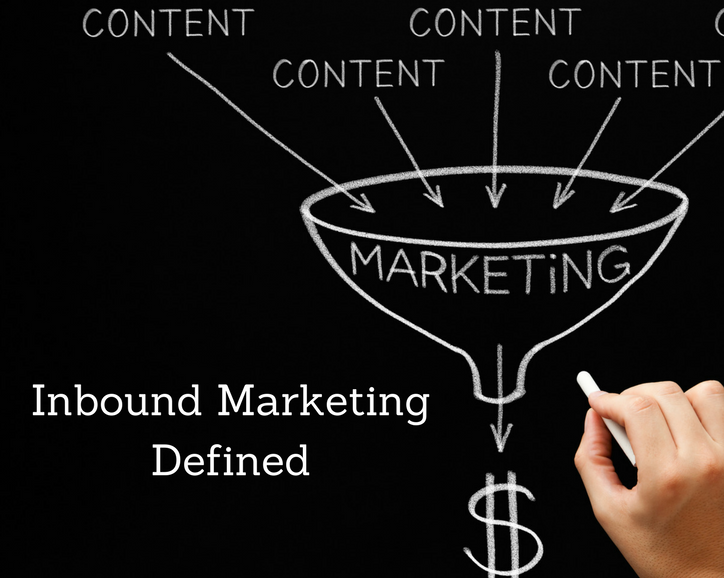
Inbound marketing is a rapidly growing, highly effective business tactic. Indeed, since 2006, inbound has surpassed outbound marketing as the most effective way to market a business online. In contrast to outbound marketing’s interruptive approaches, inbound uses the online content that companies create to draw potential customers to their websites.
How Inbound Marketing Works
Inbound marketing occurs when companies attract prospective customers through the information they put online about their products or industries. The goal with content creation—the primary step in inbound marketing—is to find people interested in what a company sells by providing helpful information about those products or services that potential buyers are searching for online. In many cases, the content introduces solutions to problems buyers have, but have not yet fully identified.
Information posted online for inbound marketing purposes is designed to lead customers to company webpages through search engine inquiries. Website visits can then pique customer interest in the company’s specific product or service and, ideally, convert viewers into buyers.
Here’s an example of how inbound marketing works. Let’s say you’re considering getting a new car, but you’re wondering if you can afford the monthly loan payments. So you search online for “lowering monthly car payments.” Among the search engine results is a link to an eBook that explains the advantages of leasing versus buying a car. The eBook, created by a local automobile leasing company, explains how leasing often results in lower monthly payments.
The company answered your question about reducing payments while also introducing you to the idea of automobile leasing. And, should you decide to lease a car, you might turn to the leasing company who provided the eBook—whose eBook demonstrates their expertise in the subject.
Companies can promote their content by maximizing search engine optimization, posting on social media, or developing a blog. For their part, consumers end up searching for marketing that is relevant to them, rather than being bothered by traditional outbound approaches.
Outbound vs. Inbound
Outbound marketing utilizes interruptive marketing methods such as cold calling, television commercials, and online popup ads that push a company’s message out to consumers—whether or not the customers’ interests align with what the business offers.
On the other hand, inbound marketing is receptive rather than interruptive. Consumers simply come across marketing content that matches their interests while searching for information online. Companies get a marketing edge because their products and services are promoted to a targeted audience—one that already has an interest in what the company offers.
Before the digital age, outbound marketing was the primary method businesses used to draw attention to themselves. But outbound approaches now pale in comparison to inbound methods. Inbound marketing gives companies the ability to share meaningful information online, while allowing consumers to discover them on their own.

